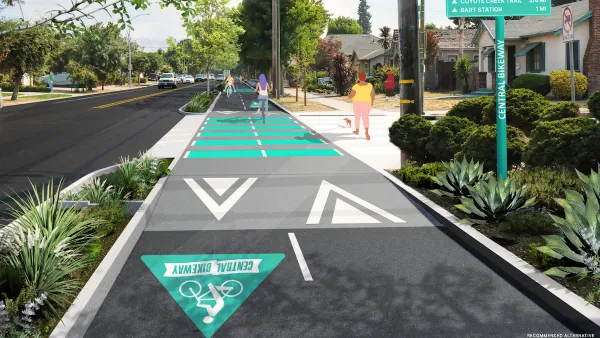While carbon dioxide has received the most attention as the primary greenhouse gas, methane, while less prevalent, is far more powerful in its ability to retain heat. The melting permafrost in Siberia represents a major source of methane emissions.
"Methane -- a greenhouse gas 23 times more powerful than carbon dioxide -- is being released from the permafrost at a rate five times faster than thought, according to a study being published (Sept.7) in the journal Nature. The findings are based on new, more accurate measuring techniques."
"The higher the temperature gets, the more permafrost we melt, the more tendency it is to become a more vicious cycle," said Chris Field, director of global ecology at the Carnegie Institution of Washington, who was not part of the study. "That's the thing that is scary about this whole thing. There are lots of mechanisms that tend to be self-perpetuating and relatively few that tend to shut it off."
"Most of the methane-releasing permafrost is in Siberia. Another study earlier this summer in the journal Science found that the amount of carbon trapped in this type of permafrost -- called yedoma -- is much more prevalent than originally thought and may be 100 times the amount of carbon released into the air each year by the burning of fossil fuels."
"Most of the yedoma is in little-studied areas of northern and eastern Siberia. What makes that permafrost special is that much of it lies under lakes; the carbon below gets released as methane. Carbon beneath dry permafrost is released as carbon dioxide."
"Scientists aren't quite sure whether methane or carbon dioxide is worse. Methane is far more powerful in trapping heat, but only lasts about a decade before it dissipates into carbon dioxide and other chemicals. Carbon dioxide traps heat for about a century."
"It's kind of like a slow-motion time bomb," said Ted Schuur, a professor of ecosystem ecology at the University of Florida and co-author of the Science study. "There's these big surprises out there that we don't even know about."
Thanks to Joan Saxe via Sierra Cub Energy Forum
FULL STORY: Scientists find new global warming threat from melting permafrost

Planetizen Federal Action Tracker
A weekly monitor of how Trump’s orders and actions are impacting planners and planning in America.

Silicon Valley ‘Bike Superhighway’ Awarded $14M State Grant
A Caltrans grant brings the 10-mile Central Bikeway project connecting Santa Clara and East San Jose closer to fruition.

Amtrak Cutting Jobs, Funding to High-Speed Rail
The agency plans to cut 10 percent of its workforce and has confirmed it will not fund new high-speed rail projects.

California Set to Increase Electric Truck Chargers by 25%
The California Transportation Commission approved funding for an additional 500 charging ports for electric trucks along some of the state’s busiest freight corridors.

21 Climate Resilience Projects Cancelled by the EPA
The federal government has pulled funding for at least 21 projects related to farming, food systems, and environmental justice to comply with one of Trump’s early executive orders.

Trump Executive Order on Homelessness Calls for Forced Institutionalization
The order seeks to remove legal precedents and consent decrees that prevent cities from moving unhoused people from the street to treatment centers.
Urban Design for Planners 1: Software Tools
This six-course series explores essential urban design concepts using open source software and equips planners with the tools they need to participate fully in the urban design process.
Planning for Universal Design
Learn the tools for implementing Universal Design in planning regulations.
Yukon Government
Caltrans
New Jersey Institute of Technology
Mpact (founded as Rail~Volution)
City of Camden Redevelopment Agency
City of Norman, Oklahoma
City of Portland
City of Laramie


























